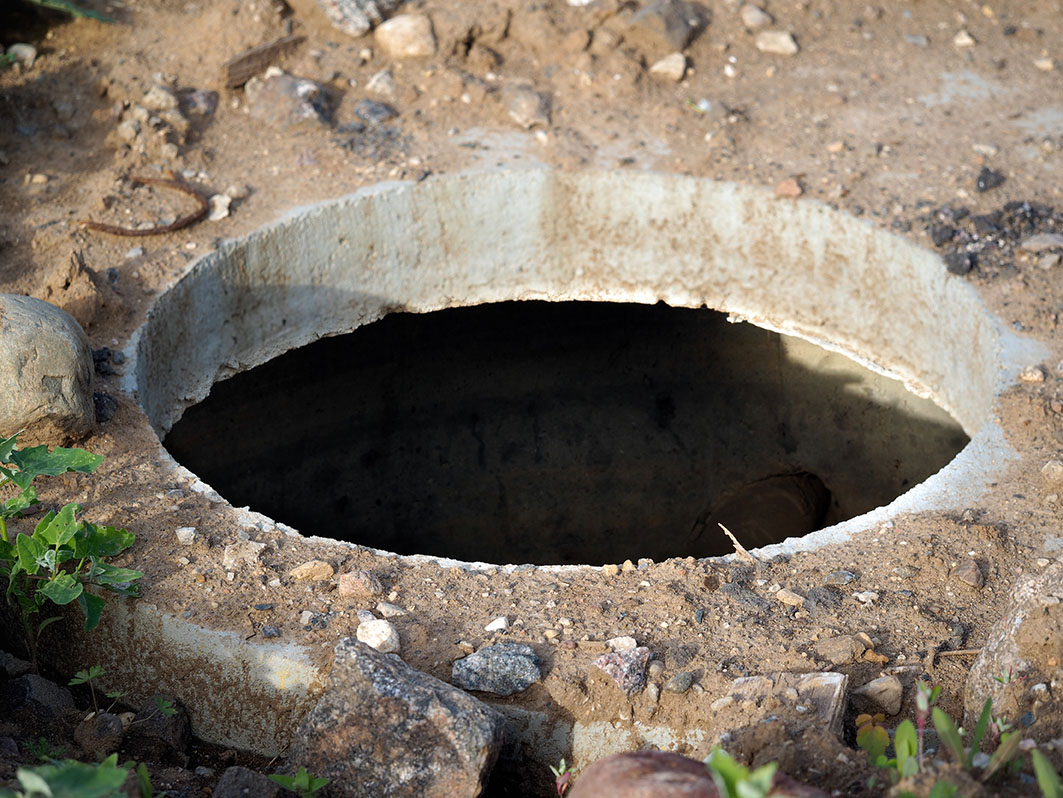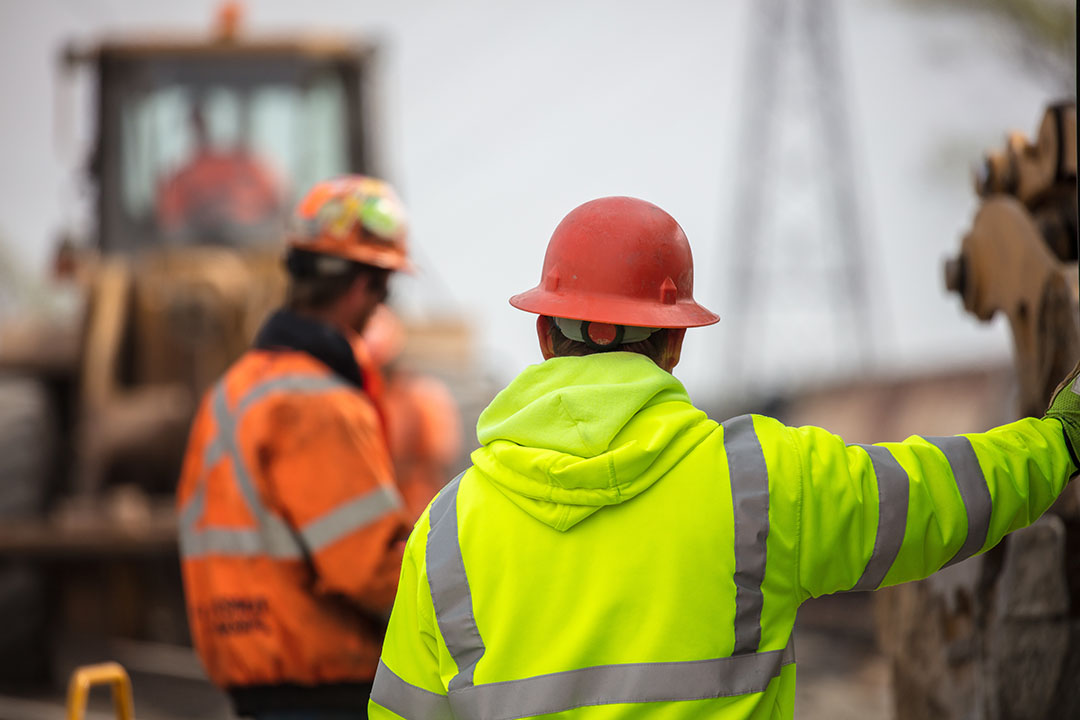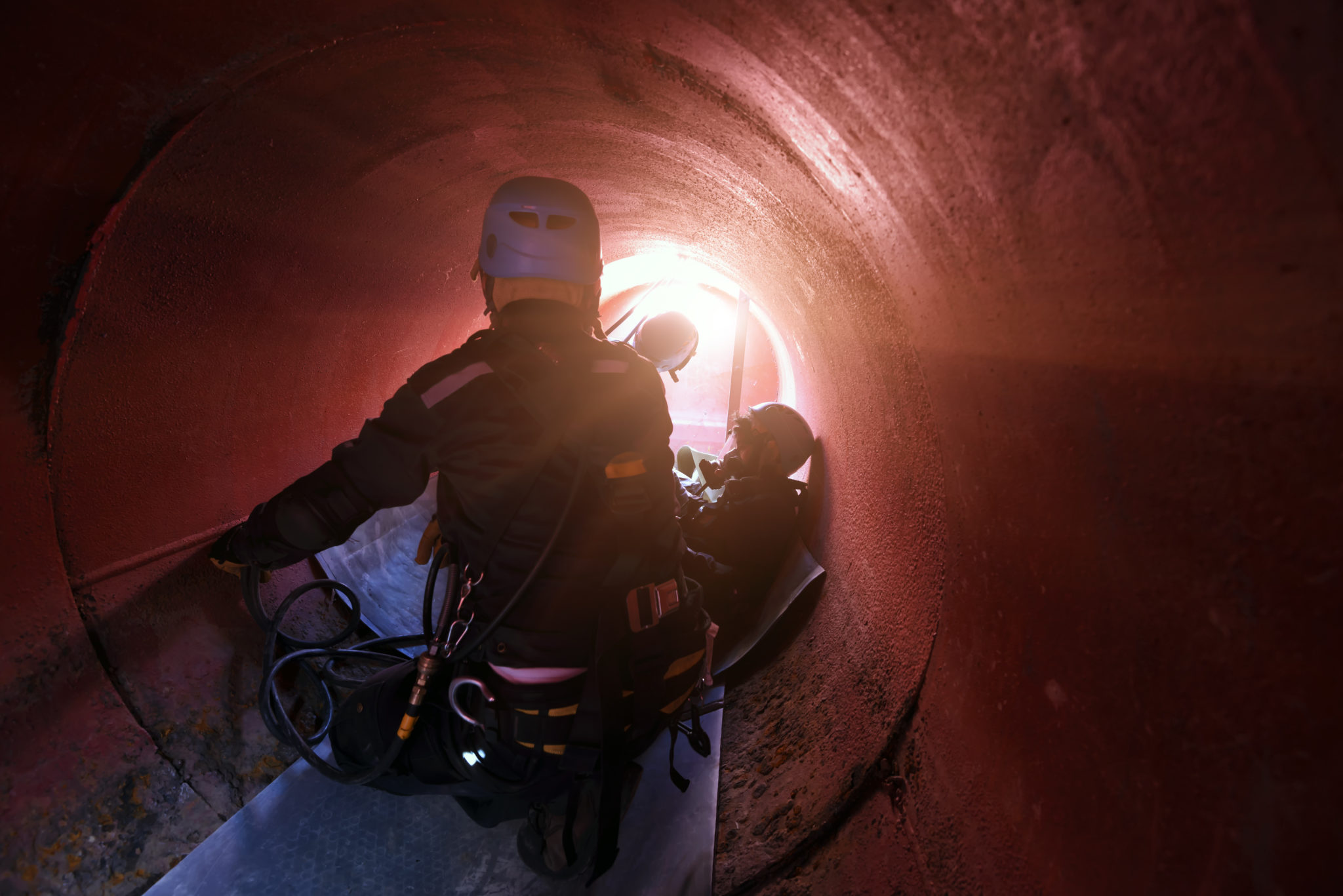
Supervisor Responsibilities
The responsibilities of a confined space entry supervisor begin before any trained employees enter the confined space. They must understand all of the hazards in the space, including the mode, signs, symptoms and consequences of exposure to each, and be familiar with the required hazard controls. They must be able to read an entry permit and verify that entry conditions are acceptable before entry is allowed. The entry supervisor must also understand:
- Communication plans between the entrant and attendant
- Rescue plans and services
- How to oversee the confined space entry operations and routinely verify ongoing conditions

Permit Systems
Confined space entry supervisors must be familiar with the employer’s written permit-required confined space program. Permit systems must include:
- Identification of the space
- Purpose, dates and duration of the permitted entry
- Names of authorized entrants and the current attendant and supervisor
- Hazards of the permit space and their controls, including atmospheric testing results
- Acceptable entry conditions
- Rescue services
- Communication procedures
- Equipment provided, such as PPE and rescue equipment
- Any additional necessary information, including any additional permits that will be needed (such as hot work permits)
This information is crucial for ensuring the safety of any employees entering a confined space. No employees should be allowed to enter a confined space until the permit has been fully developed and approved.
As part of the development and authorization of the permit, a properly trained and qualified individual must perform atmospheric testing in the permit-required confined space. Hazardous atmospheres are one of the most significant risks that workers can experience in permit-required confined spaces. Tests should be performed to determine the presence of:
- Oxygen Content
- Atmosphere can be oxygen deficient (concentration is less than 19.5%) or oxygen enriched (concentration is greater than 23.5%)
- Both atmospheres can put entry workers at risk, with oxygen deficient atmospheres leading to loss of consciousness and suffocation, and oxygen enriched atmospheres leading to a higher risk of flammability, as well as spontaneous fires and explosions.
- Flammable Gases and Vapors
- Every flammable gas or vapor has a lower flammable limit, or LFL
- LFL is the lowest concentration of a combustible material in air that can ignite
- The concentration of combustible material in the air must be less than 10 percent of the LFL
- Every flammable gas or vapor has a lower flammable limit, or LFL
- Potential toxic air contaminants
Once the tests are completed, all results must be logged on the entry permit. The confined space entry supervisor is required to verify that these tests were conducted and documented properly by a qualified person. In addition, the entry supervisor must ensure the air in the space is monitored when workers are in the space if there is any risk of a hazardous atmosphere developing.
Authorization
Once the space has been evaluated and the permit is complete, it must be authorized by a person who has the authority to do so. Once authorized, the entry supervisor must verify the conditions of the permit and sign it to authorize entry. Once completed, the entry supervisor must make the permit available to all employees who will be involved in the entry procedure. This can be done by posting the permit at the entry portal. “Entry” begins as soon as any part of an entrant’s body breaks the plane of an opening to the space, and continues as long as any entrant has any body part still in the space.

Conclusion
Confined space entry operations are complex and require appropriately trained personnel both working in the confined space and supervising the entry to the space. Confined space entry supervisors must ensure the safety of any employees through their knowledge of hazards, permits, and rescue methods. By ensuring employees receive all the appropriate training, employers can establish safe practices and prevent unnecessary injuries or other adverse effects.


